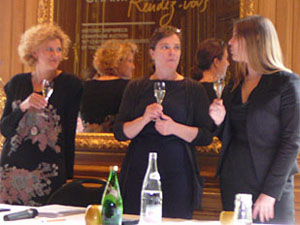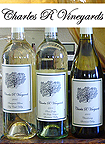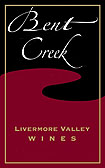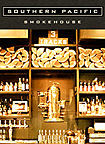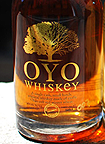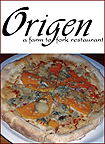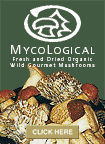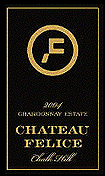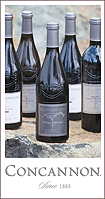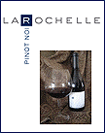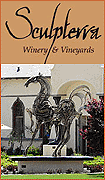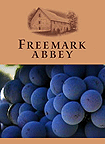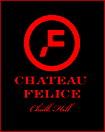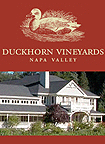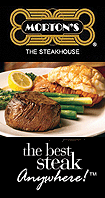Champagne Schooner
In 2010, Anders Näsman and his team of divers explored
a shipwreck in the Åland archipelago in the Baltic Sea
(located between Finland and Sweden) and found an incredible
treasure.
162
bottles were laid there at the bottom of the sea, 150 ft deep.
Up
on the surface, they investigated this amazing cargo! When uncorking
the 1st bottle, they were astonished by its characteristic "pop"
. This was a champagne bottle, still sparkling!
The
name and the whereabouts of the ship are still unknown but it
is believed that her destination was somewhere in the west coast
of Finland, then a part of the Russian Empire. Until further
information, they called the ship "Champagne Schooner".
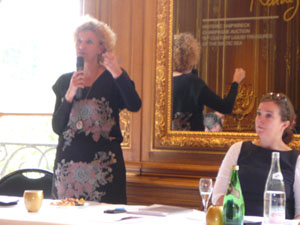
Champagne
salvage and recovery
In a very delicate operation, the Veuve Clicquot Champagne House
decided to check each and every bottle , to taste them and re-cork
them. This was done under the supervision of notably Dominique
Demarville, Cellar Master at Veuve Clicquot's, François
Hautekeur, oenologist at Veuve Clicquot's, Fabienne Moreau,
Veuve Clicquot's historian, Richard Juhlin the internationally
renowned champagne expert.
They
identified 145 champagne bottles thanks to the markings on the
bottom of their corks, of which 79 bottles were finally fond
drinkable and of a great quality. 11 of them are offered for
sale in June.
The
mark seen at the bottom of the cork was registered by the Clicquot
House in 1841, which means that the bottles cannot have been
corked before that year. On the other hand, they found remains
of strings on the bottles, used to keep them sealed. We know
that the wire muzzles were developed in 1844 and were the only
means used to seal bottles after 1850, so that they did use
strings any longer after 1850. We can them assume that the bottles
have been filled somewhere between 1841 and 1850.
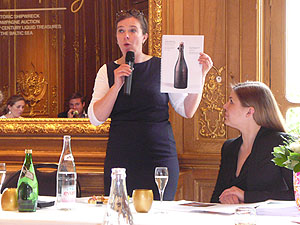
A
cellar at the bottom of the sea
As surprising as it may seem, the conditions to keep the bottles
at the bottom of the Baltic Sea were quite ideal:
- The pressure at the bottom of the sea, around
5 bars, is equivalent at the one inside the bottle (due to the
carbonic dioxide which makes the bubbles!) so that their was
no effort exerted on the cork which remained still in its location
- The Baltic Sea is not a very salted one,
and the corks were not corrugated by their stay in the water
- The temperature and the darkness allowed the wine to age quietly
in dark and cold waters around 4 to 6 °C
- The carbon dioxide in the bottles helped to keep the high
aromatic freshness of the wine for 200 years!
This
makes these bottles quite exceptional. One of the first to taste
it was local sommelier Ella Grüssner Cromwell-Morgan, who
found a bouquet of "very ripe fruit, tones of golden raisins
and a clear aroma of tobacco", adding "despite the
fact that it was so amazingly old, there was a freshness to
the wine. It wasn't debilitated in any way, rather it had a
clear acidity which reinforced the sweetness". In fact,
according to the way people used to like wines in these times,
they are sweeter than the ones we commonly drink nowadays. The
residual sugar has been measured at about 140 g/l, but it appears
to be splendidly well balanced by the remaining acidity.
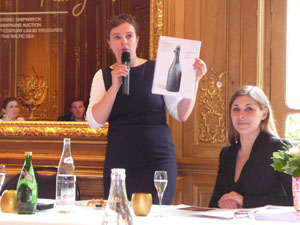
An
auction of treasures
Åland's government has finally chosen Artcurial Briest
Poulain F.Tajan to auction 11 of the drinkable bottles, 6 of
Juglar, 4 of Veuve Clicquot, and 1 of Heidsieck. The Veuve Clicquot
Champagne House added 17 prestigious bottles from its cellars
to complete the sale.
Laurie
Matheseon and Luc Dabadie, the wine experts at Artcurial Briest
Poulain F.Tajan have organized the auction. "Each bottle
has its individual tasting note and comment, a rare gustatory
testimony of the very high quality of XIXth century champagne
production. It is very exciting for us to be part of this adventure
offering such authentic collectors items for sale" said
Laurie, adding "It's a great honour for us to have been
chosen by the Åland's government for this amazing champagne
auction!"
According
to the experts, there are no special recommendation about the
way you will drink this historical wine after buying it: you
can keep it your cellar as another champagne, and drink it also
as another champagne, at the temperature you usually like it.
Since you will share the bottle you'll buy with some friends,
you want to choose them carefully: at 15,000 US $ the bottle,
they will be good friends of yours!
Each
of the bottle for the sale has its unique archeological reference
number and tasting note with comments by Richard Juhling, to
be found on the Artcurial website.
The
benefits of the sale will go to the charitable marine preservation
fund created by Åland's government.
The
auction will take place on Friday, June 8th at 3 p.m. (UTC/GMT
+3) in Mariehamn, capital of the Åland islands.
It's
quite an opportunity to discover these islands in the middle
of Spring, with the Midnight Sun!More info on :
http://www.visitaland.com/en/facts/champagne
http://www.artcurial.com/aland/en/
http://www.museum.ax/museum/champagnegaleasen_in_english.pbs
You
may consult the full catalogue of the auction sale: http://www.artcurial.com/
The
wine experts at Artcurial Briest Poulain F.Tajan, Ms Laurie
Matheson and Mr Luc Dabadie can be reached for information about
the wines or the sale, for an absentee bid or information about
over the phone bidding, by: tel 33 (0)1 42 99 20 20, fax 33
(0)1 42 99 20 22 or email : vins@artcurial.com
You
can also use the online Artcurial Live Bid platform on Artcurial's
website www.artcurial.com




